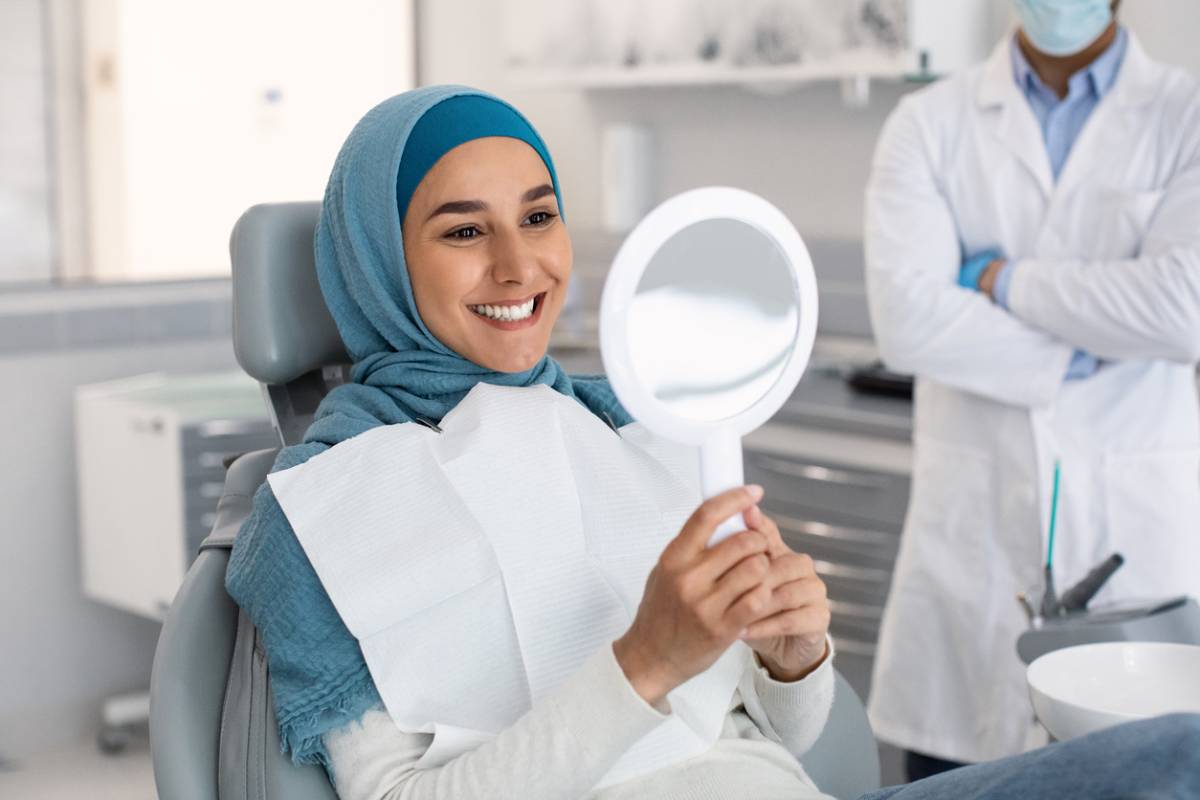Restorative dentistry refers to dental procedures that focus on repairing or replacing damaged or missing teeth. Restorative dentistry treatments can give a patient a renewed and reinvigorated smile after it has been damaged. This makes undergoing any restorative dental procedure well worth it for those who have experienced dental injuries. If you believe you would benefit from restorative dentistry, take a look at this guide, which answers, “What is restorative dentistry?” and aims to help you understand the basics of this type of dentistry.
What Is Restorative Dentistry?
Restorative dentistry refers to dental practices that repair and replace teeth that are damaged or decaying. The overall goal of restorative dentistry is to improve your overall oral health. Most general dentists are qualified to practice restorative dentistry.
What Issues Can Restorative Dentistry Address?
Restorative dentistry is adept at repairing many common dental issues that impact the mouth and teeth. The procedures of restorative dentistry are often utilized to address issues such as:
- Cavities
- Tooth decay
- Damaged teeth
- Missing teeth
- Broken teeth
Some of these procedures can offer patients a combination of both aesthetic and cosmetic improvements. This branch of restorative dentistry is known as aesthetic restorative dentistry.
Common Restorative Dentistry Procedures
Restorative dentistry procedures are among the most commonly performed dental procedures. The following are regularly performed:
Dental Crowns
Dental crowns are often used to repair large cavities or to restore broken teeth. These dental fixtures fit over your entire tooth to restore its appearance and function. Prior to placing a dental crown, your dentist may remove some of your tooth’s enamel to prepare your target tooth for the crown.
Dental Fillings
Dentists use fillings to repair cavities, which occur when bacteria decay the tooth enamel and create holes. Fillings are most often composed of composite metal materials. They are effective at preventing further tooth decay where they are applied, but if you do not maintain your oral health, it is possible to develop cavities under fillings.
Root Canal Therapy
A root canal is a procedure that removes infected tooth pulp from the inner chamber of the teeth. Sometimes, the pulp of the teeth becomes infected when a crack or a cavity reaches it after a period of neglect. After the infected pulp is removed, it is replaced with a synthetic material.
Dental Bridges
Dental bridges replace single or multiple missing teeth. Dental bridges consist of artificial teeth with dental crowns affixed to either side. The bridge is bonded to your natural teeth, and the crowns fit over them.
Dental Implants
Dental implants are another variety of tooth replacements. A dental implant is typically utilized to replace only a single tooth, but it can be paired with bridges for more complete coverage. In the case of single-tooth replacement, a crown is usually affixed to the top of a dental implant so it can function similarly to a natural tooth.
Dentures
Dentures are common tooth replacement devices that serve to replace full sets of teeth. A full set of dentures will replace all or almost all of the natural teeth in a patient’s mouth. You can also receive partial dentures that replace just a few teeth. Several varieties of dentures are available.
Inlays and Onlays
Inlays and onlays replace sections of missing teeth. These restorations fit into the natural teeth in custom fittings. Inlays fill the areas between the cusps of your teeth, and onlays cover just one cusp.
The Benefits of Restorative Dentistry
For those with damaged or decayed teeth, there is almost no reason not to receive restorative dental work to improve the functionality and appearance of your teeth. Commonly reported benefits of restorative dentistry include:
- Eliminating dental pain
- Improve chewing function
- Restore oral health
- Reduce your risk of further developing dental issues
- Improve the overall appearance of your smile
You can discuss with your dentist whether they think that you would benefit from restorative dental work. As general dentists commonly practice restorative dentistry, the topic may come up during part of your routine dental exam.
The Top Restorative Dentist in Los Angeles
The Smile Artists LA prides itself on being a top resource for restorative dentistry in LA. If you would like to discuss restorative dentistry with our dentist, contact us today to set up a consultation and start looking your best.





 )